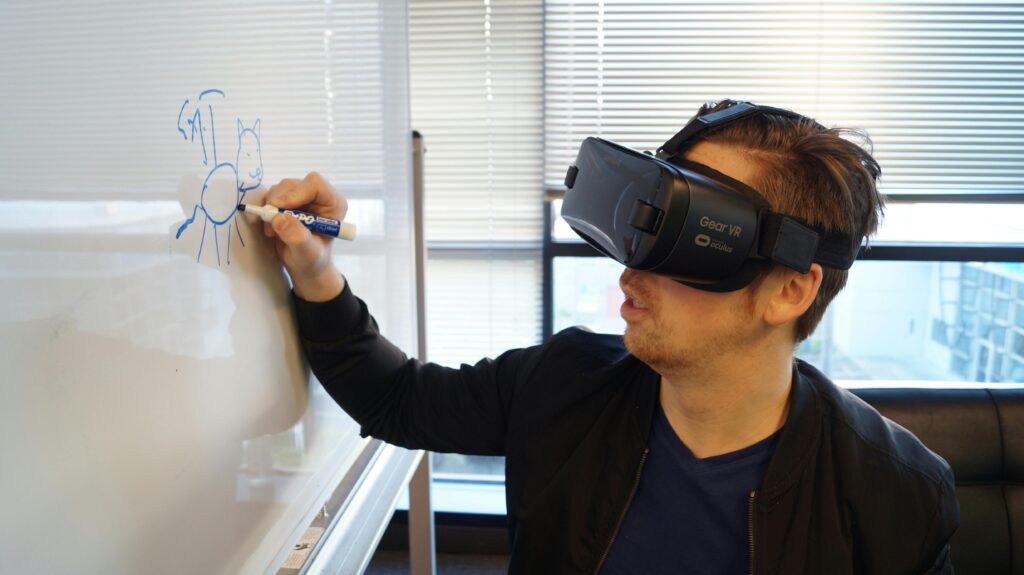The Role of Technology in Education: Past, Present, Future
Education, that grand, age-old endeavor of shaping young minds, has always danced with the cutting edge. From cave paintings to cuneiform tablets, humans have sought tools to amplify learning and illuminate the path to knowledge. Today, with technology galloping forward, the question isn’t just “Should we incorporate it into education?” but rather, “How do we harness its vast potential while minding the pitfalls?”

As we journey through the evolution of educational technology, we witness the rise of interactive whiteboards, transforming classrooms into dynamic learning environments where students actively engage with digital content. From there, the advent of personal computers brought about a revolution, empowering students to access vast amounts of information and collaborate with peers worldwide. Today, we stand on the cusp of a new era, with innovations like virtual reality and artificial intelligence poised to reshape education, offering immersive experiences and personalized learning pathways. With each technological advancement, the landscape of education continues to evolve, enriching the learning experience and shaping the future of generations to come.
Fast-forward to today, where screens rule and robots roam. Digital whiteboards shimmer with interactive lessons, and online platforms host virtual classrooms buzzing with students from across continents. AI tutors personalize learning, chatbots answer questions tirelessly, and VR headsets whisk students to the heart of volcanoes or the depths of the ocean. Technology has democratized access to knowledge, offering a boost to resources and empowering individual exploration.

But Wait, There’s More. The future beckons, and it’s a dazzling landscape. Imagine holograms dancing through equations, virtual reality field trips to the Amazon rainforest, and adaptive learning algorithms tailoring education to each student’s unique needs. The possibilities are mind-boggling, with the potential to revolutionize not just how we learn, but what we learn and how we think.
Yet, amidst the excitement, caution is necessary. Technology is a double-edged sword. Distractions lurk online, algorithms can create echo chambers, and the human connection, the heart of good teaching, can get lost in the pixels. We must ensure equitable access, protect against digital divides, and prioritize critical thinking skills in a world saturated with information.
So, where do we go from here? It’s not about technology replacing teachers, but about teachers harnessing technology to become even more inspiring guides. The human touch, the spark of curiosity ignited by a passionate teacher, is irreplaceable. Technology’s role is to be the supportive sidekick, offering a vast toolbox of resources and personalized learning experiences.
The End Game: Ultimately, the goal is simple: to empower individuals to learn, to think critically, and to become engaged citizens of a tech-driven world. It’s about bridging the gap between information and understanding, between rote memorization and creative problem-solving. And thus, technology, when used wisely, can be a powerful ally, opening doors to knowledge and lifelong learning.
“It’s the teacher that makes the difference, not the classroom.”
Michael Morpurgo
Let’s ensure that technology, used thoughtfully and ethically, plays its part in creating a future where every learner has the opportunity to reach their full potential. After all, education is not just about filling minds; it’s about opening them to the wonders of the world, and technology, used wisely, can hold the key to unlocking that magic.

